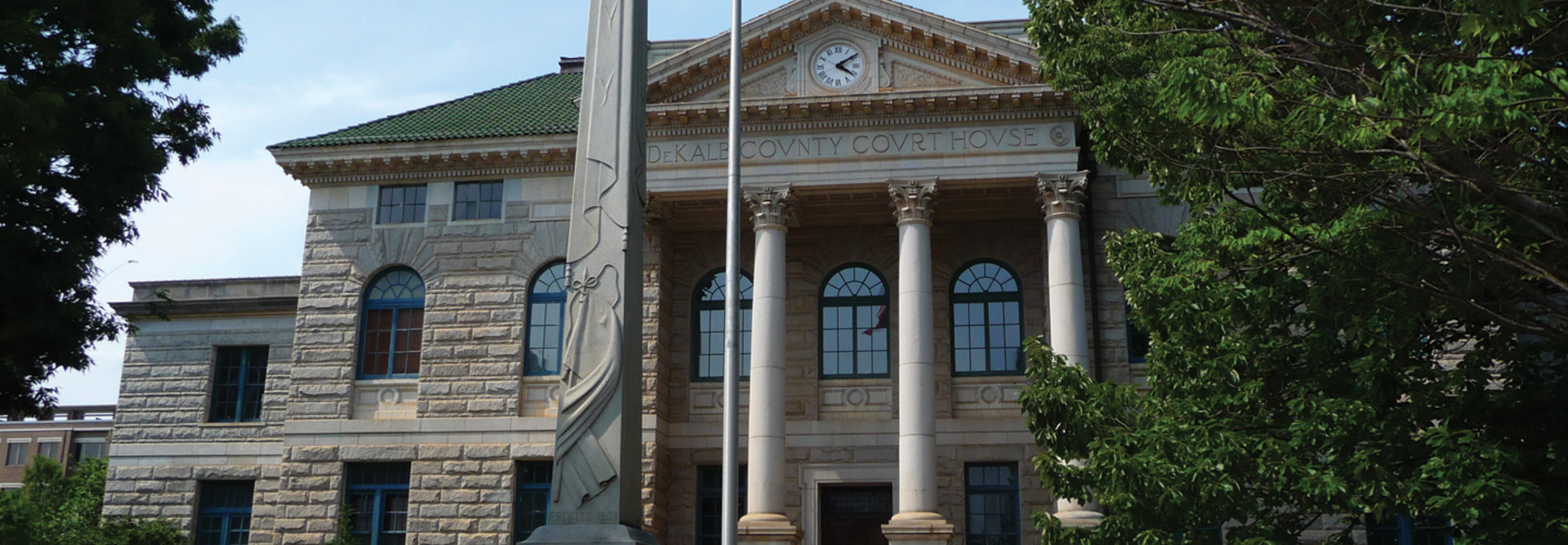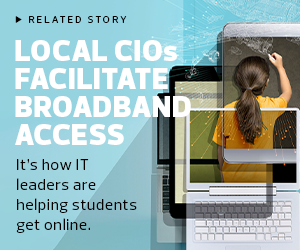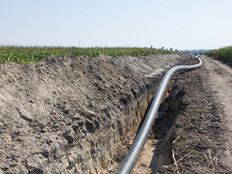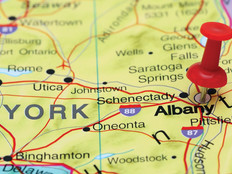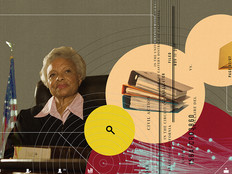We also see varying adoption rates with accessibility, affordability and bandwidth for residential versus commercial use.
These challenges can be overcome through strong leadership and engagement at the county, regional and national levels. It requires cross-jurisdictional collaboration and public/private partnerships, as well as the development of policies to address digital equity and divide issues across urban, suburban, rural and tribal requirements. Broadband surveys and feasibility analytics also play a role.
MORE FROM STATETECH: How are cities and counties helping school districts get students online?
STATETECH: Can you give an example of cross-jurisdictional collaboration on efforts to address the digital divide?
Matelski: Perhaps the best example of collaboration between agencies is the partnership that the DeKalb County government has with the DeKalb County School District. Though the school system is run by a separate governing body (the DeKalb County Board of Education), the DeKalb County Board of Commissioners and the DeKalb County Administration Office work closely together as they govern on behalf of the same citizens and constituents.
As the school system has moved to remote learning, the realities of the digital divide have become that much more evident. To help bridge the digital divide and provide students with access to education, the Georgia Department of Education awarded the DeKalb County School District a $3.8 million grant and applied it to 25 schools across the district, based on a technology needs survey and evidence-based research.
Identified schools received grant funds to purchase Chromebooks, Wi-Fi hotspots and instructional software programs and training. Due to the COVID-19 pandemic school closures, the school district has shifted to digital learning to ensure the safety of students and staff. This grant has helped ensure the continuity of learning during this pandemic period and will continue to provide value when students return to the classroom.
DeKalb County government was the recipient of $125 million in Coronavirus Aid, Relief and Economic Security (CARES) Act relief funds, and has a mission to develop, implement and administer a comprehensive, countywide COVID-19 emergency response strategy. This strategy has included investing over $4 million of these funds toward technology initiatives that enhance delivery of services, create greater transparency, lessen the digital divide and expand citizen engagement capabilities through remote means.
EXPLORE: How governments and schools are partnering on closing the digital divide.
STATETECH: You serve on the National Association of Counties’ Broadband Task Force. Any key takeaways from that experience?
Matelski: DeKalb County has taken a significant leadership role with NACo. Not only has District 3 Commissioner Larry Johnson served NACo since 2005, including serving now as first vice president, I am honored to serve as vice chair of the NACo Information Technology Standing Committee, as well as participating on the NACo Broadband Task Force and two related subcommittees.
As I noted earlier, this issue requires broad collaboration across all levels of government, with active engagement from other public and private sector organizations. DeKalb County is working diligently to reshape the evolving broadband footprint for DeKalb County employees, citizens, and constituents and also providing thought leadership and guidance at the state, regional and national levels.
STATETECH: What’s next on the county’s broadband agenda?
Matelski: It has become clear that being able to maintain real-time communications during a national emergency is critical, and that high-speed connectivity is the key to success. Long before COVID-19 introduced itself, federal, state and local governments struggled with how to get high-speed connectivity to every community.
DeKalb’s goals are in alignment with the National Broadband Plan, released in 2010, which outlined with the Federal Communications Commission’s National Broadband Plan’s goal to make high-speed connectivity ubiquitous. It cited broadband as essential infrastructure for economic growth, education, health care and more. Ten years later, we are a country of over 330 million people, and research estimates indicate that over 100 million Americans still do not have access to or cannot afford the FCC’s definition of broadband, which is a minimum of 25-megabits-per-second download and 3Mbps upload speeds.
Work must continue on getting broadband to every community — including tribal lands, rural areas and overlooked urban communities. By working together with employees, residents and all stakeholders, DeKalb County will continue to be at the forefront of that charge.



